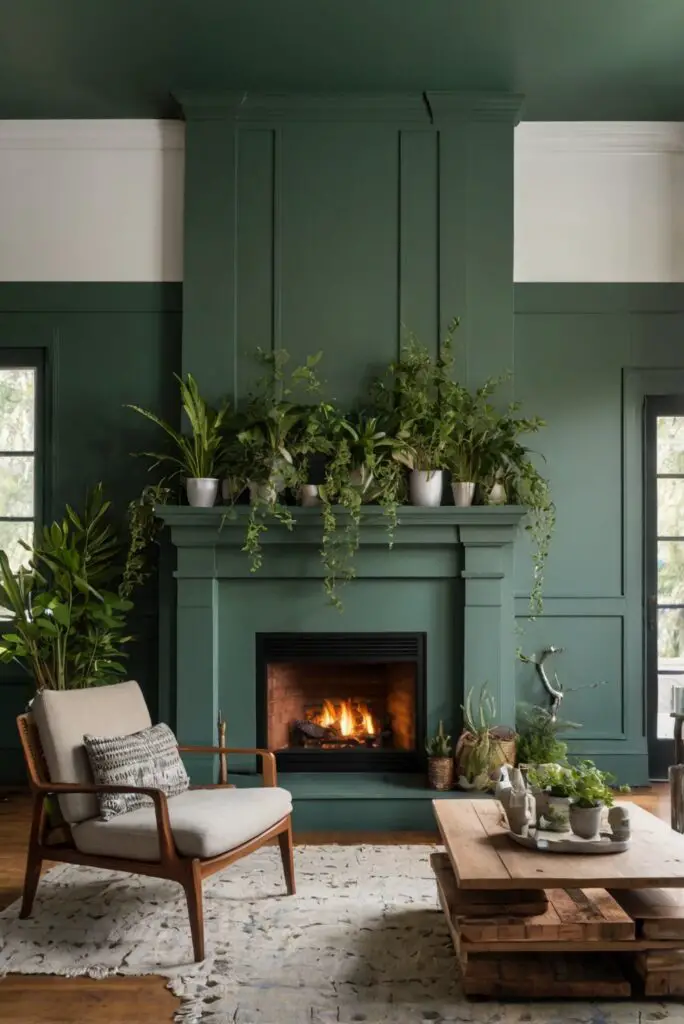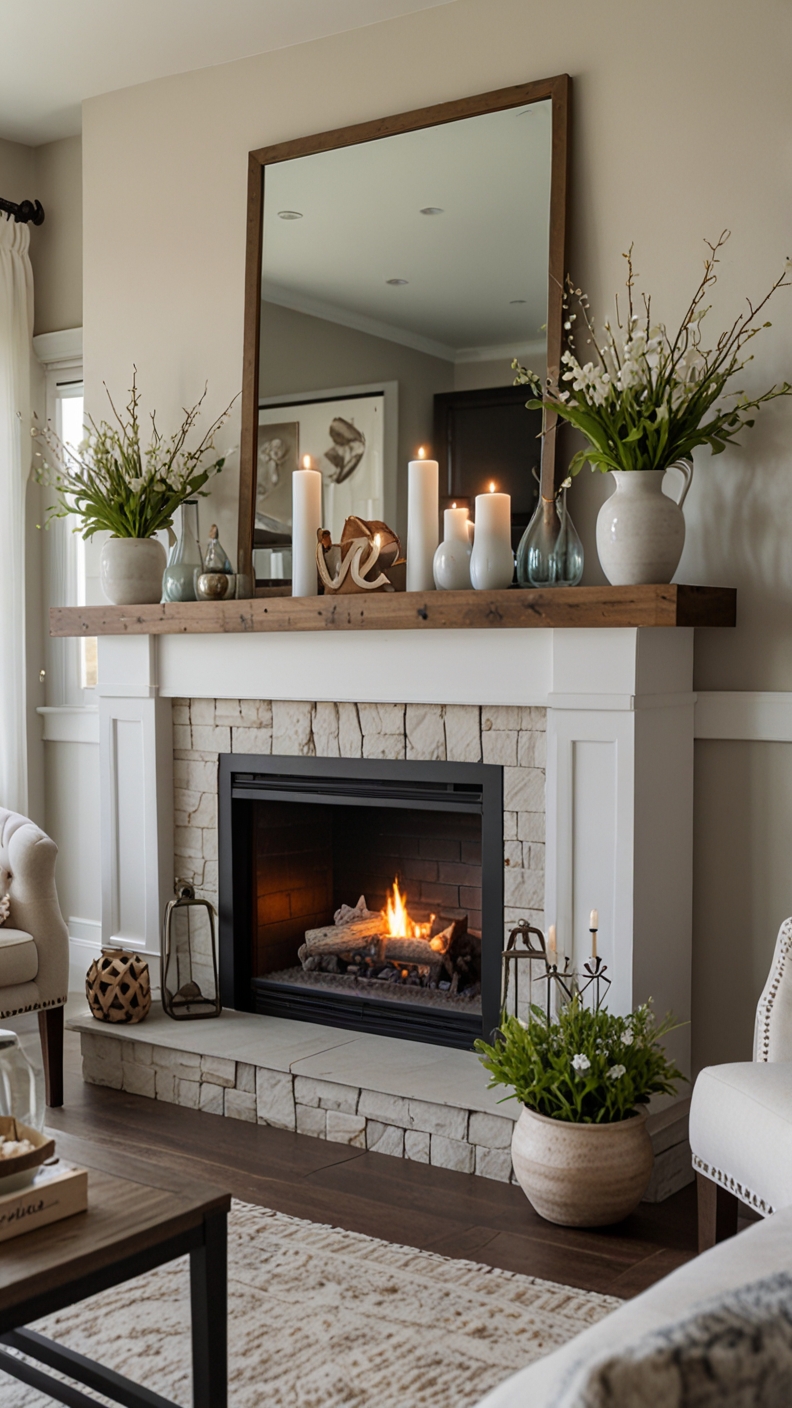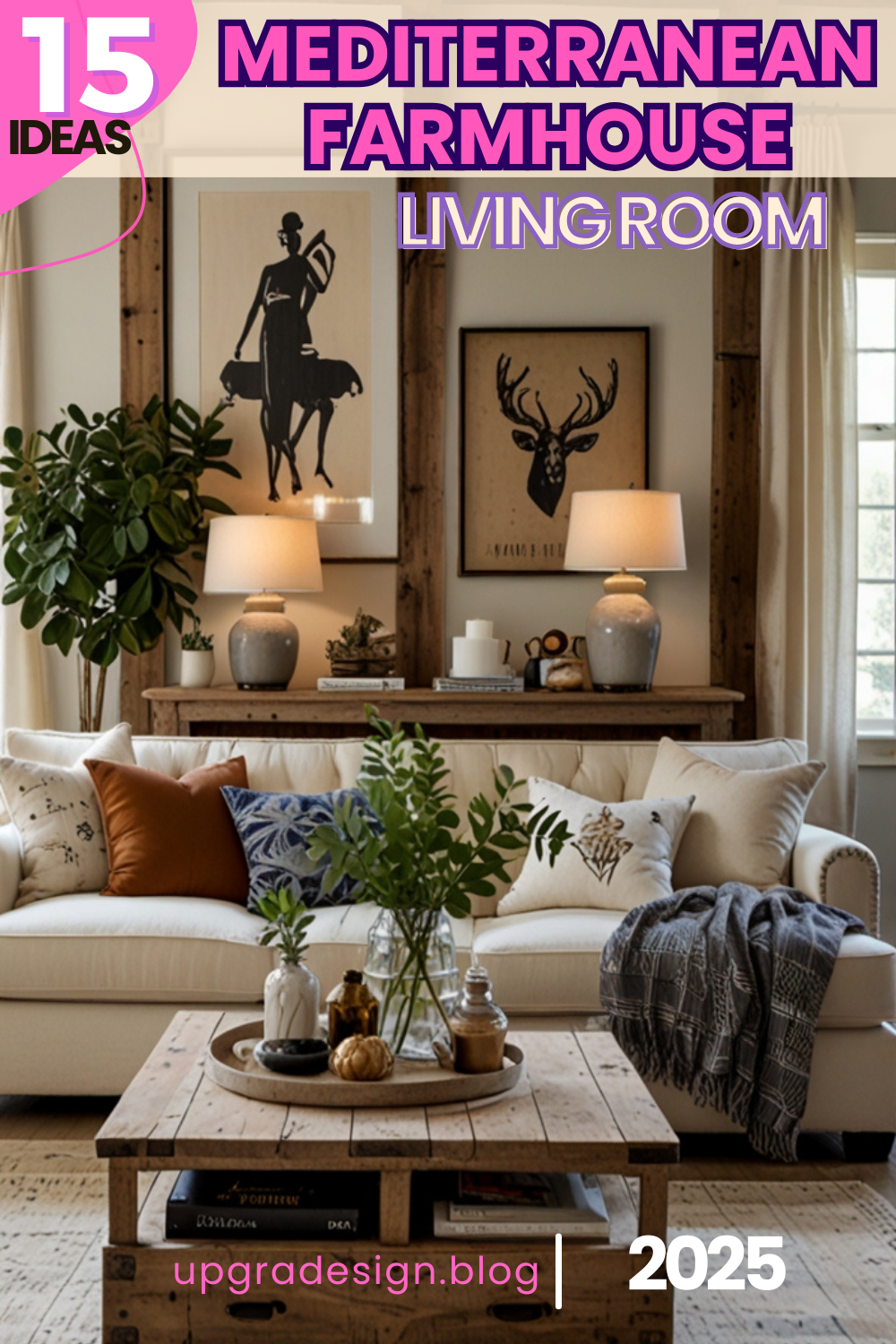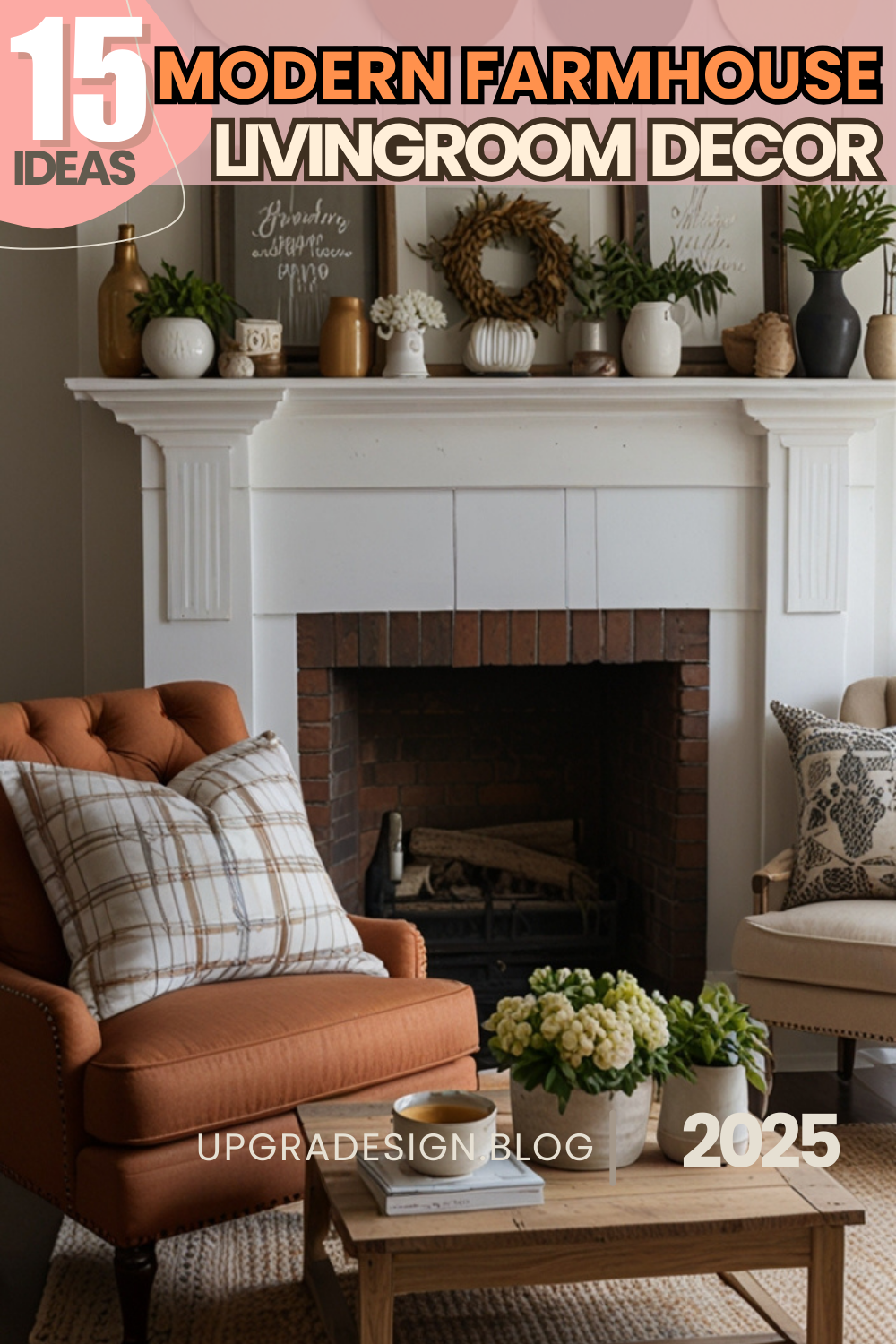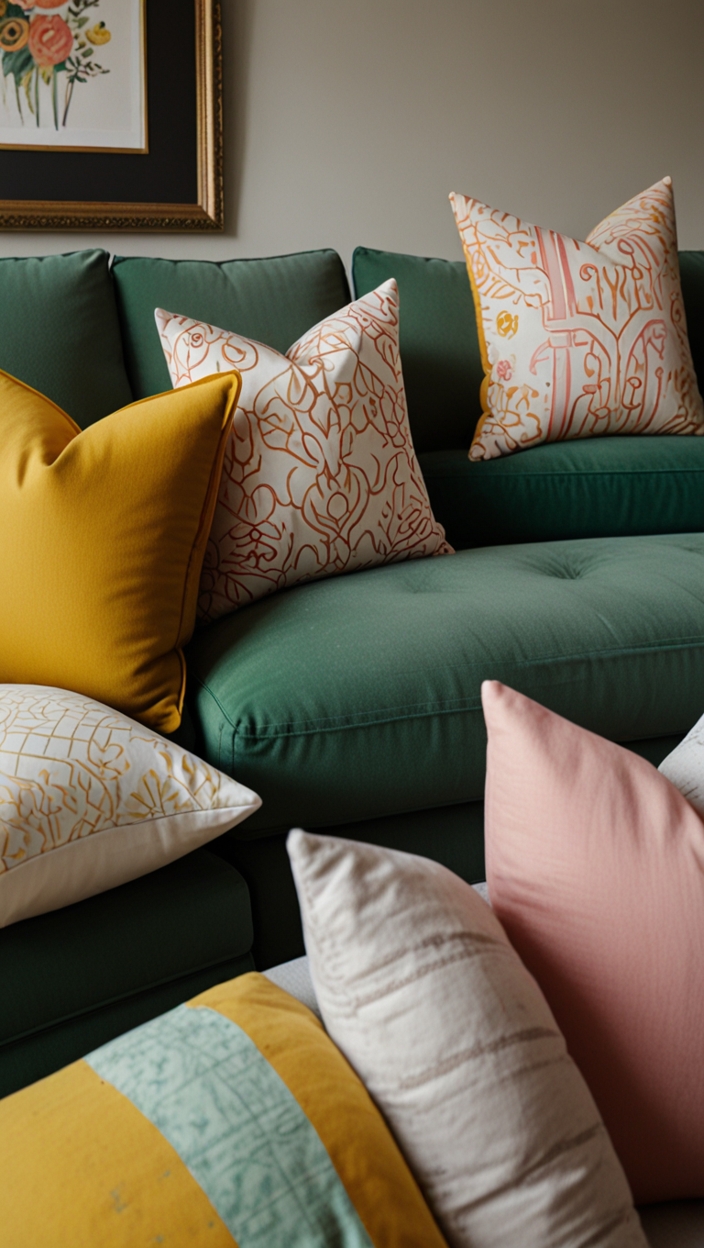Discover creative ways to integrate plants and greenery to enhance your living room fireplace. Elevate your interior design with natural elements for a cozy and inviting space.
Incorporating plants and greenery into your living room fireplace area can enhance the overall aesthetics and create a cozy ambiance. To start, consider placing potted plants on the mantle or around the fireplace to add a natural touch. Hanging planters or climbing vines can also be used to bring greenery to the space. Choose plants that thrive indoors and require minimal maintenance. Additionally, consider the lighting in the area to ensure the plants receive adequate sunlight. Regularly water and prune the plants to keep them healthy. This simple addition can transform your living room into a peaceful retreat that harmonizes nature with your home decor interior design.
A benefit of incorporating plants is that they can improve indoor air quality by reducing toxins and increasing oxygen levels. However, be mindful of the plants you choose, as some may be toxic to pets if ingested. Keep plants out of reach of pets or opt for pet-friendly varieties. Properly research and select plants that suit your living room environment. To keep things organized, consider creating a designated plant care routine to ensure your green companions thrive. By integrating plants and greenery into your living room fireplace area, you can create a tranquil sanctuary that promotes well-being and enhances your home interior design.
My Lovely Spring Paint for 2025
Ready for a Spring Makeover? Explore the Freshest 2025 Paint Trends!
White Sage/Green SW Pistachio green Soft blue Honeysweet/Orange Pink Sugar Sage Tint BMAs an Amazon Associate, I may earn a commission from qualifying purchases at no extra cost to you.
When selecting plants to complement your living room fireplace, it is crucial to consider several factors to ensure both aesthetic appeal and plant health. Look for plants that thrive in the conditions near a fireplace, such as warm temperatures and indirect sunlight. Succulents and ferns are popular choices due to their tolerance for these conditions. Consider the size of the plant in relation to the space available and the fireplace’s design. Opt for plants with interesting textures and colors to create visual interest in the room.
Proper care is essential for plants near a fireplace. Be mindful of the temperature and humidity fluctuations that can occur near a fireplace and adjust your watering schedule accordingly. Ensure adequate drainage for potted plants to prevent waterlogging, which can lead to root rot. Regularly dust the plant’s leaves to allow for proper photosynthesis and growth. Prune any dead or damaged foliage to promote healthy plant growth.
Artificial plants can be a convenient option to complement your living room fireplace if you prefer low-maintenance greenery. Look for high-quality artificial plants that closely resemble real plants to maintain a natural aesthetic. Clean artificial plants regularly to prevent dust buildup, which can detract from their appearance. Consider incorporating a mix of real and artificial plants to achieve the desired ambiance near your fireplace.
My fAV Spring DECOR for 2025
Discover Spring’s Best 2025 Decor Combinations – Perfect for Any Room!
Oversized Indoor Plants White Curved Sofas Rugs BOH Brown Cream Moroccan Hype Boho Rug Outdoor Patio Furniture Sets Topfinel Pillow CoversAs an Amazon Associate, I may earn a commission from qualifying purchases at no extra cost to you.
Safety is paramount when incorporating plants near a fireplace. Avoid placing highly flammable plants close to the hearth to reduce the risk of fires. Keep plants a safe distance away from the fireplace to prevent accidental contact with flames or hot surfaces. Choose fire-resistant plant varieties, such as succulents and snake plants, to minimize fire hazards.
In addition to their aesthetic appeal, incorporating plants and greenery near a fireplace offers several benefits. Plants can improve indoor air quality by absorbing carbon dioxide and releasing oxygen. They also add a touch of nature to your living space, promoting relaxation and stress reduction. Greenery near a fireplace can create a cozy and inviting atmosphere, perfect for unwinding after a long day.
To prevent plants from drying out near a fireplace, it is essential to monitor their moisture levels carefully. Check the soil regularly and water plants when the top inch feels dry to the touch. Consider using a pebble tray or humidifier to increase humidity levels around the plants. Mist the plants occasionally to provide additional moisture and prevent leaf dehydration.
When placing plants near a fireplace, consider the size of the plants to ensure they complement the space effectively. Large plants can overwhelm a small fireplace and obstruct airflow, potentially causing overheating. Opt for smaller plants or plant arrangements to maintain a balanced look and prevent overcrowding near the fireplace. Pay attention to the plant’s growth habits and prune them as needed to maintain the desired size and shape.
In conclusion, incorporating plants and greenery near your living room fireplace can enhance the ambiance of your space and promote a sense of tranquility. By choosing the right plants, providing proper care, ensuring safety, and considering plant size, you can create a stunning and harmonious environment that complements your fireplace beautifully.
**Key Takeaways**
– **Choose plants that thrive in warm, indirect sunlight conditions near a fireplace.**
– **Provide proper care, including adjusting watering schedules and maintaining humidity levels.**
– **Consider using a mix of real and artificial plants for convenience and aesthetic appeal.**
– **Prioritize safety by selecting fire-resistant plant varieties and maintaining a safe distance from the fireplace.**
– **Incorporating plants near a fireplace offers benefits such as improved air quality and a cozy atmosphere.**
– **Monitor plant moisture levels to prevent dehydration and maintain plant health.**
– **Select plant sizes that complement the space and prevent overcrowding near the fireplace.**

